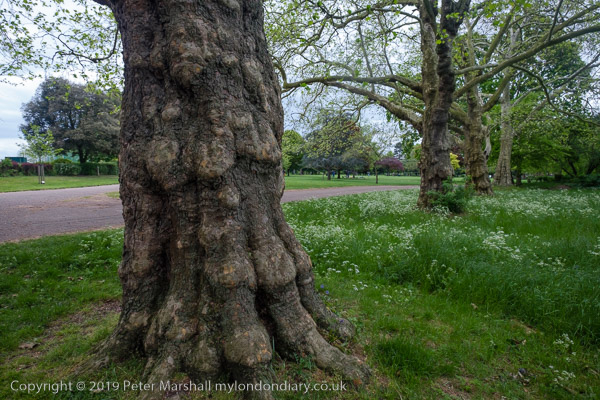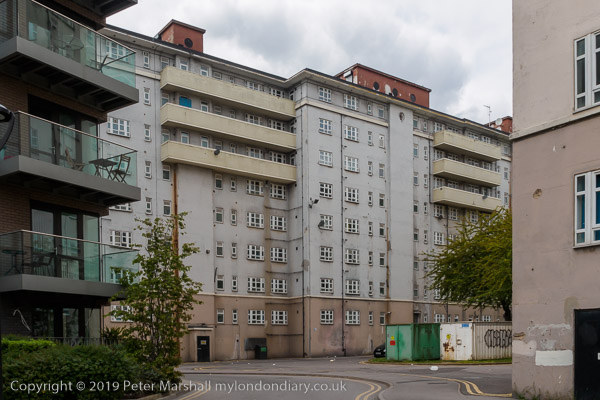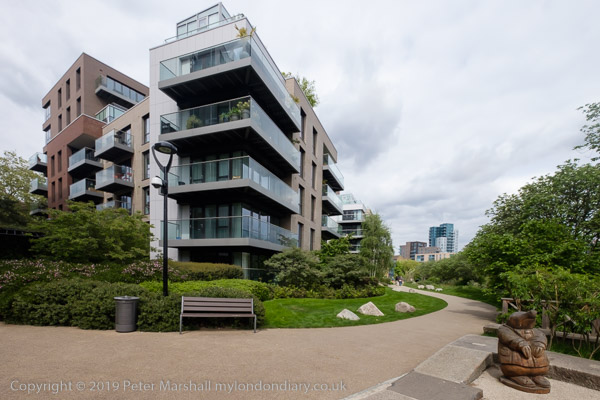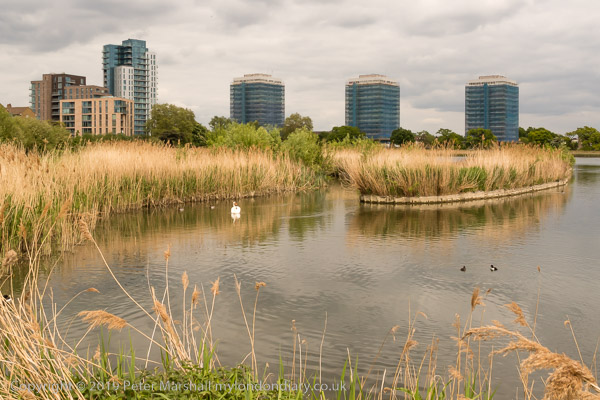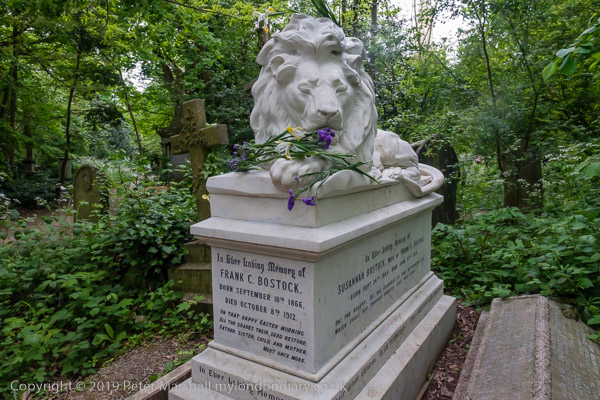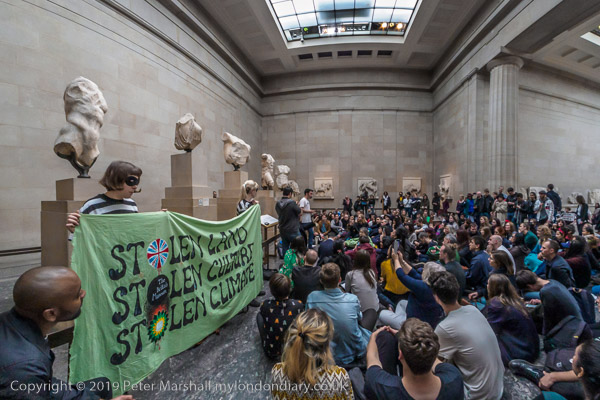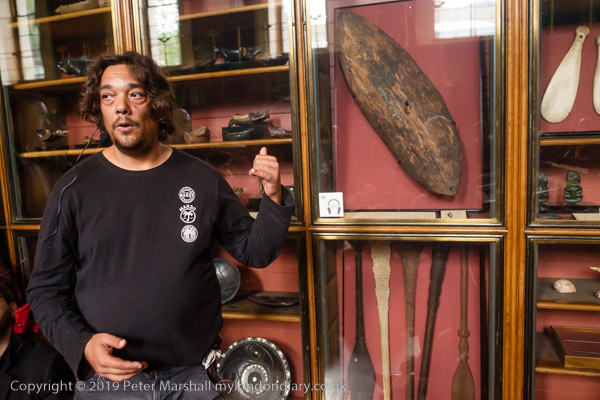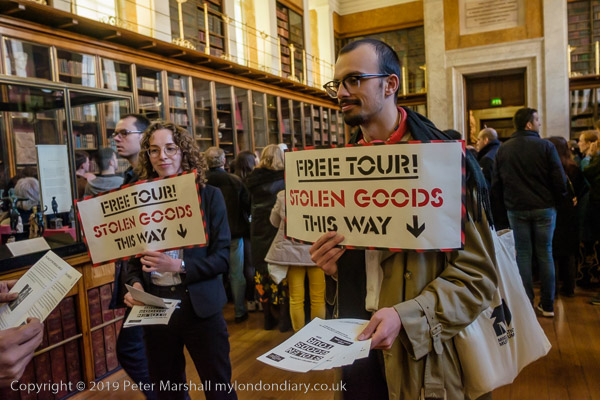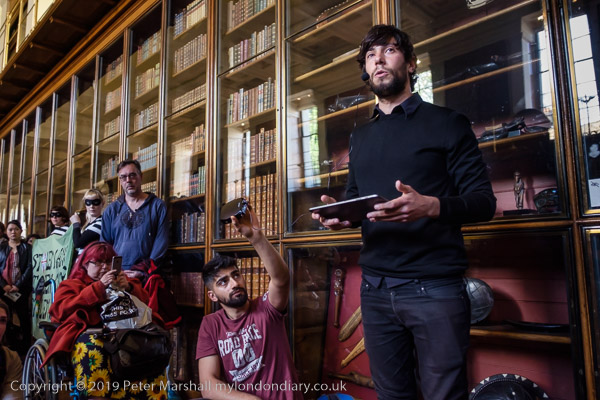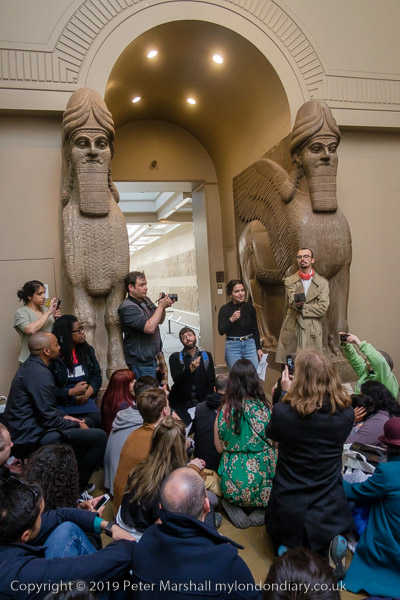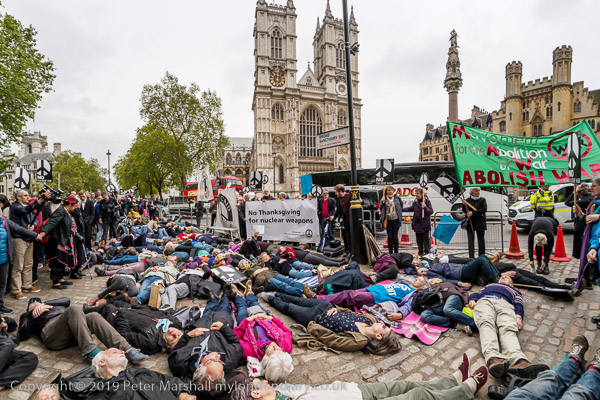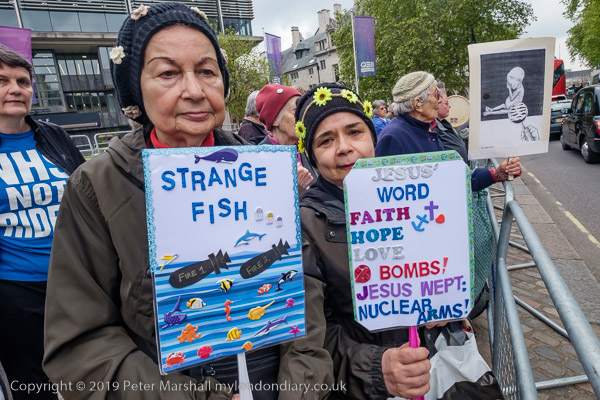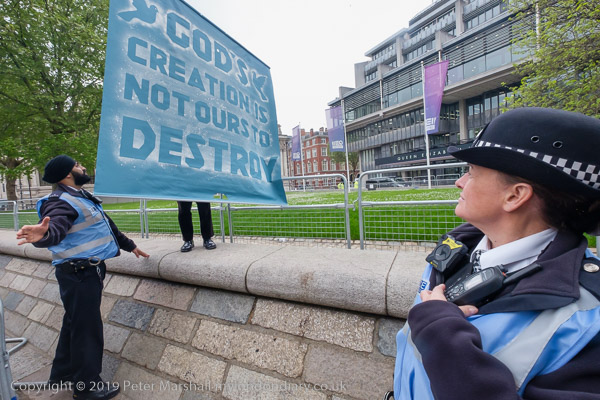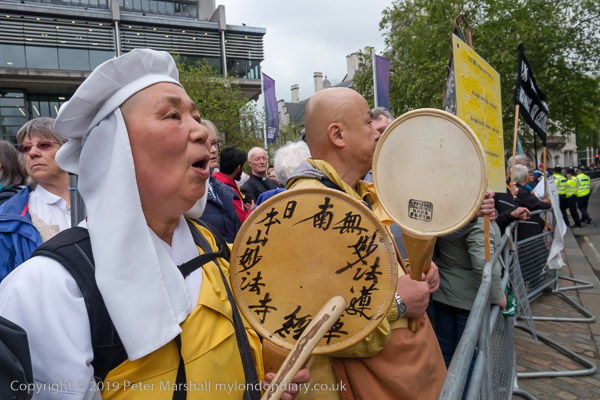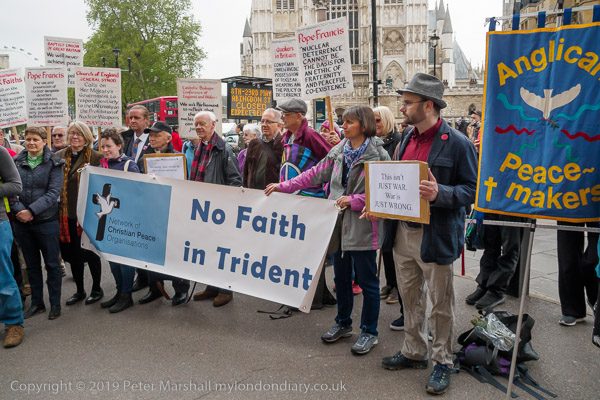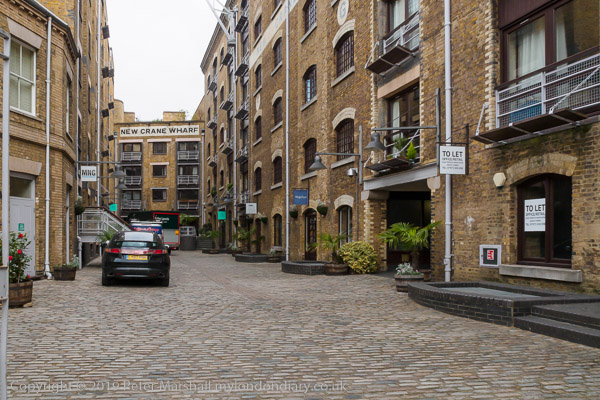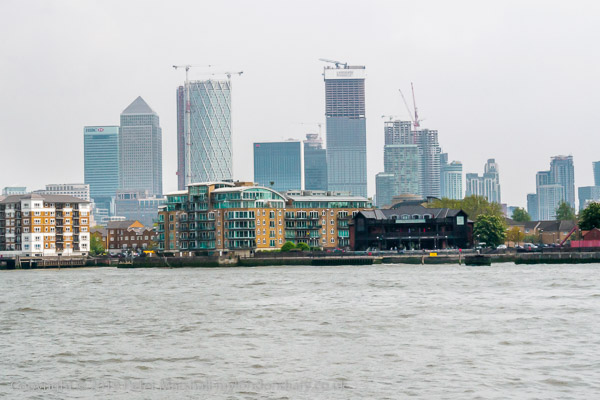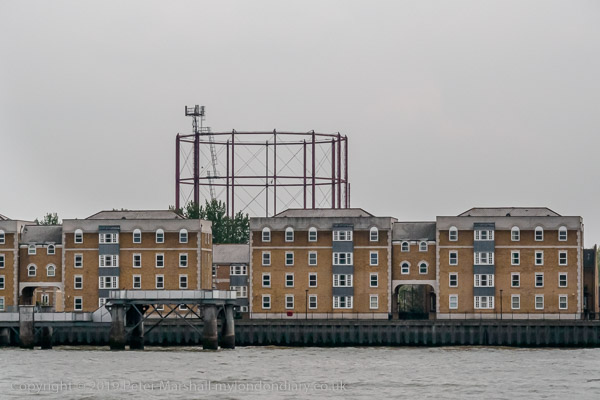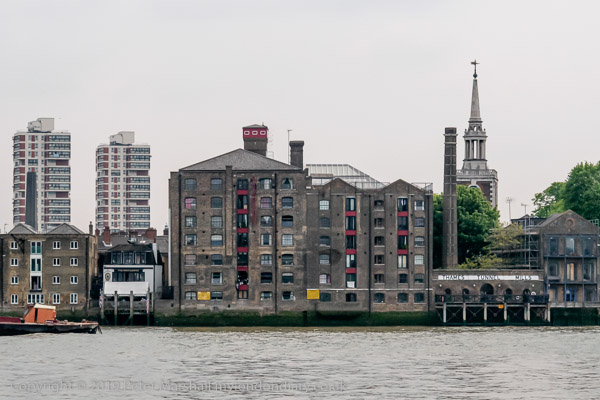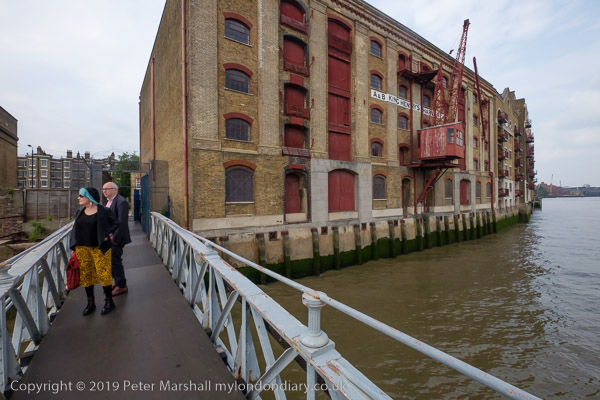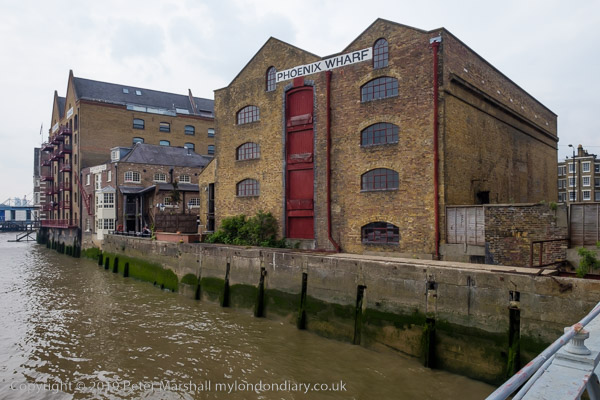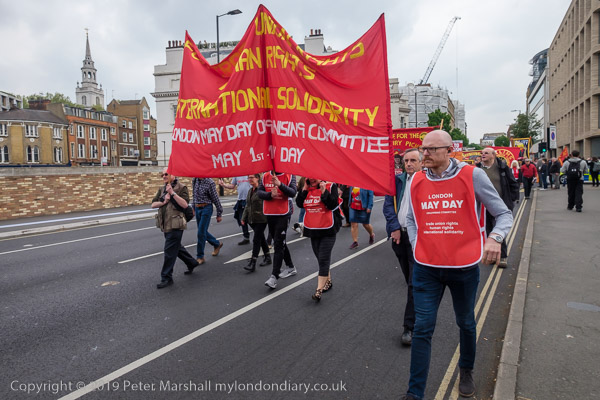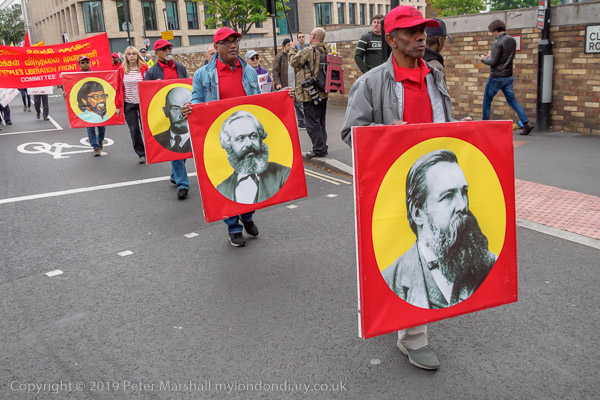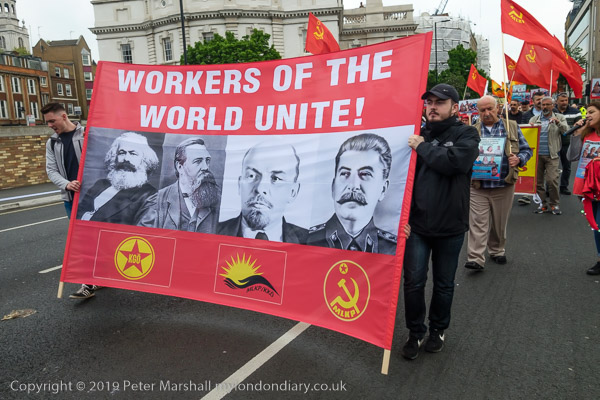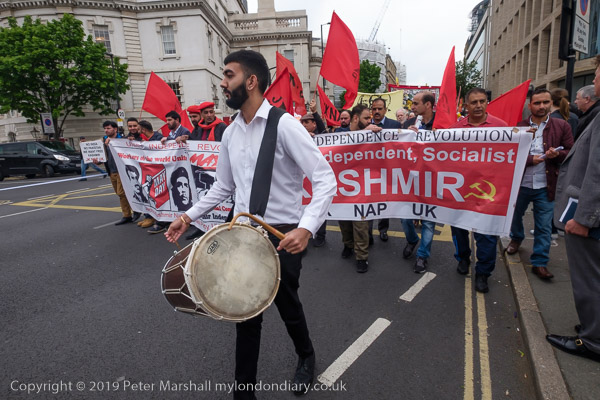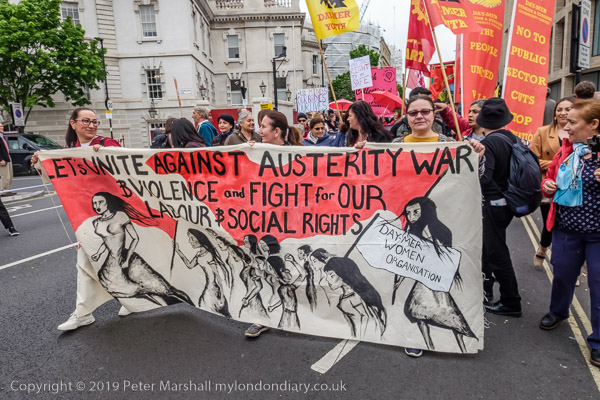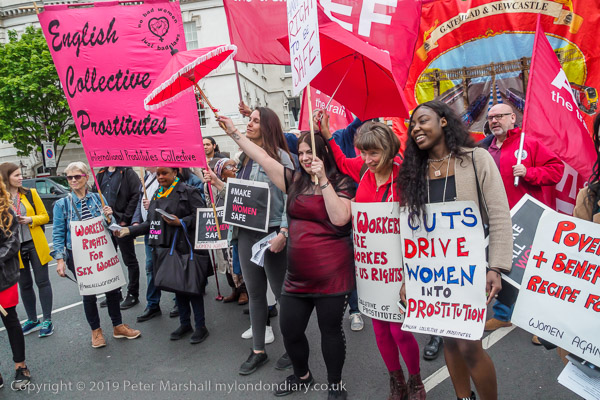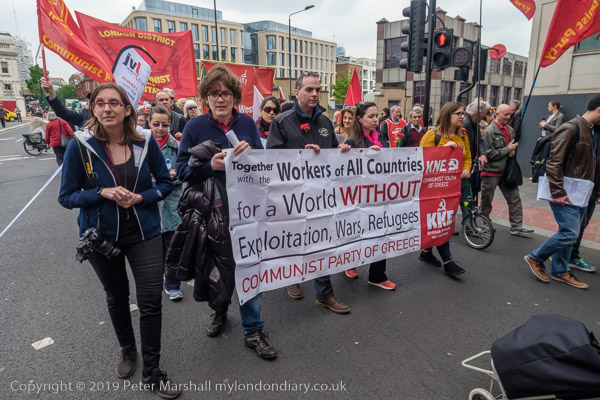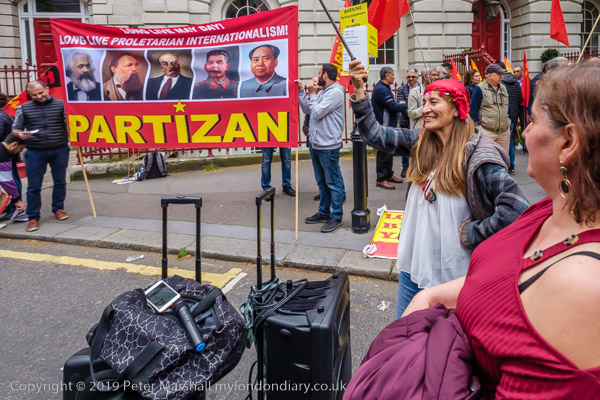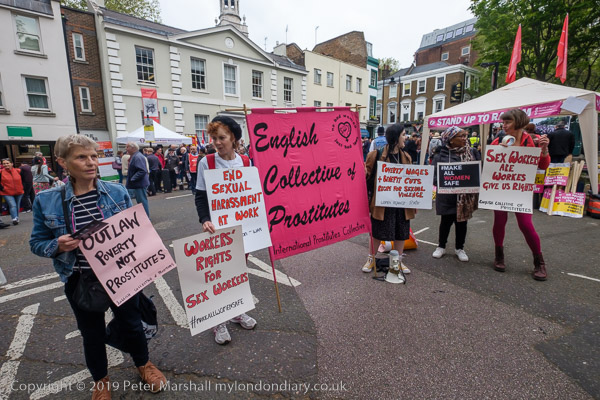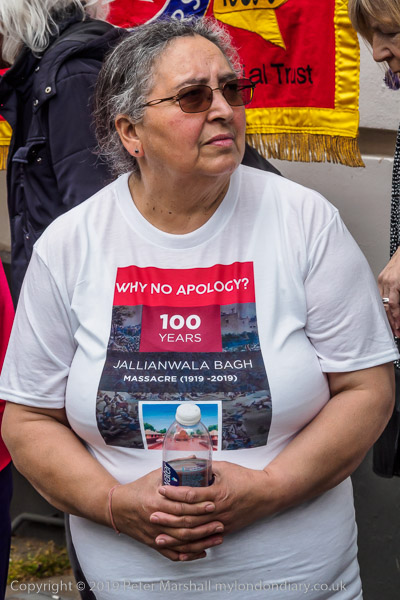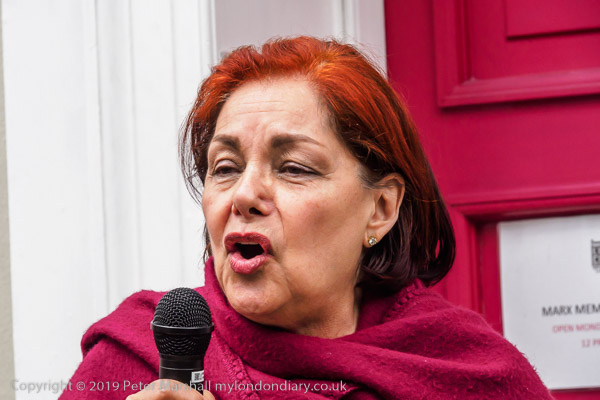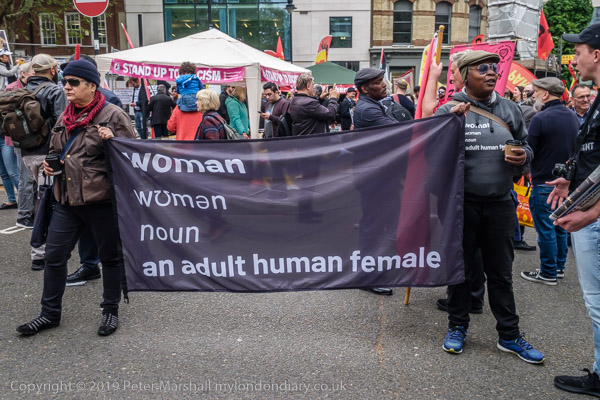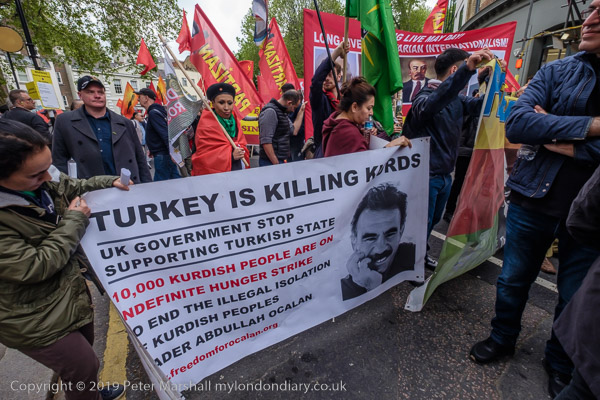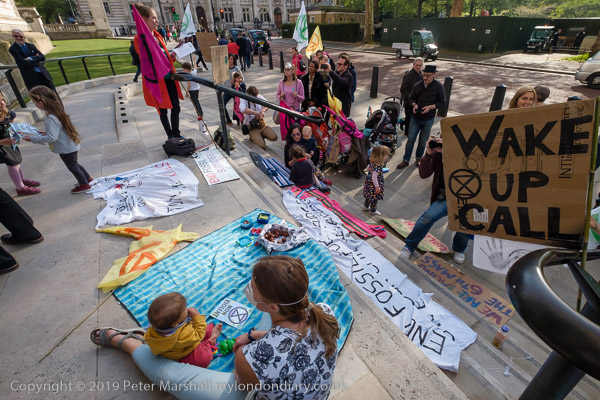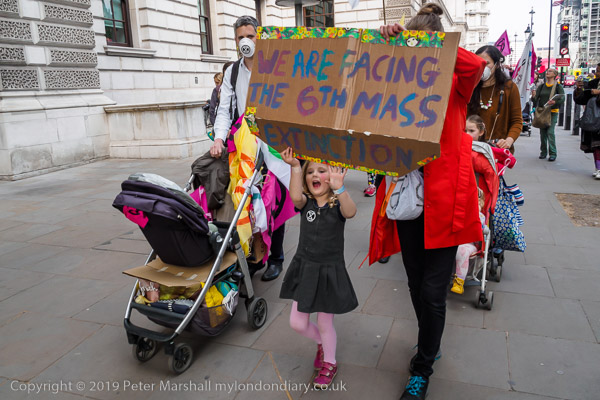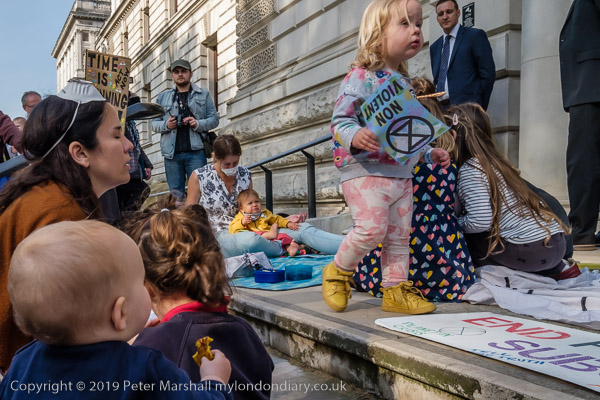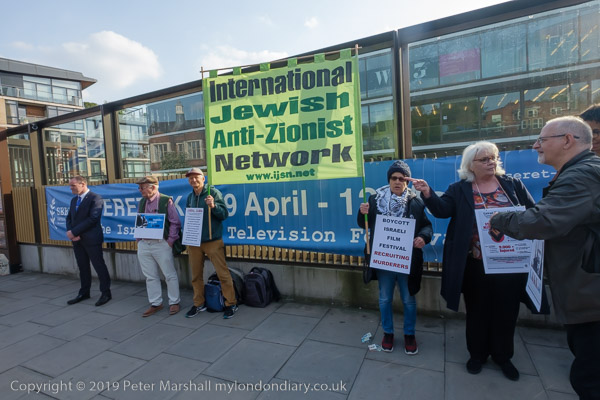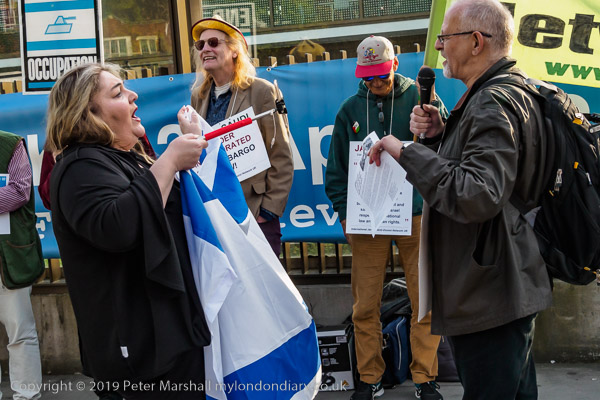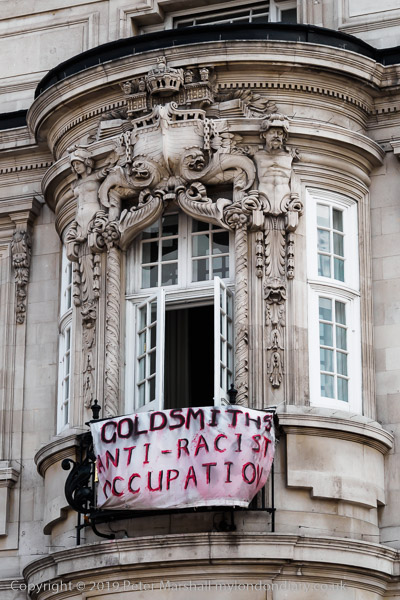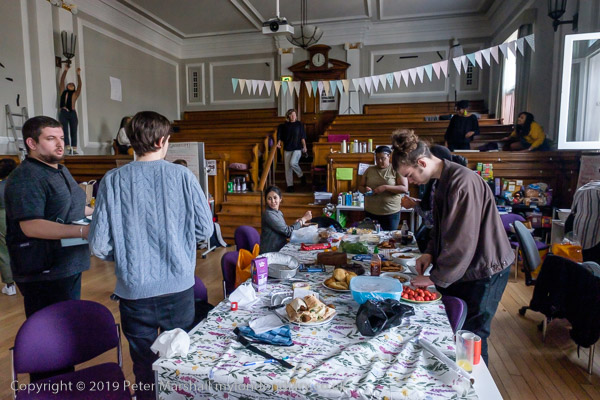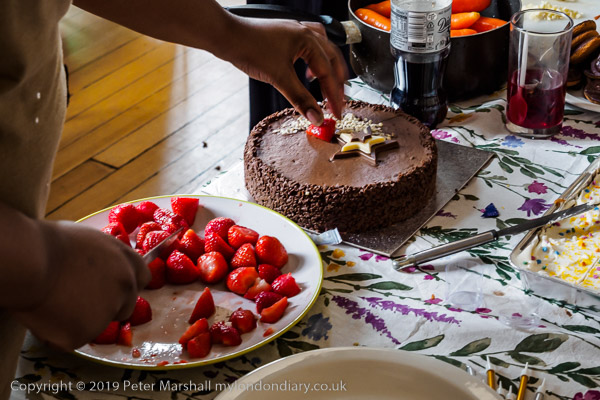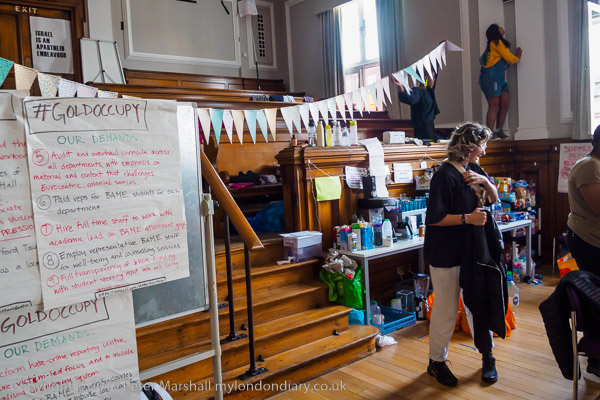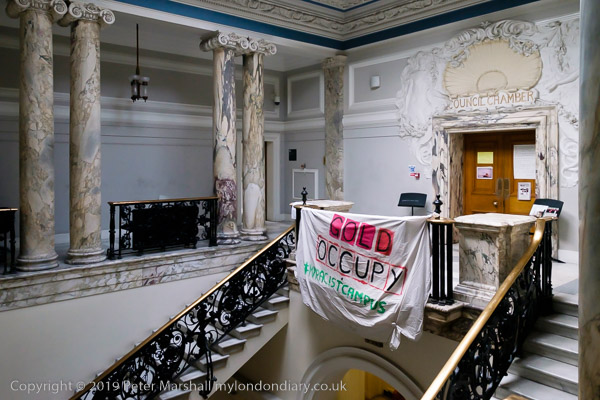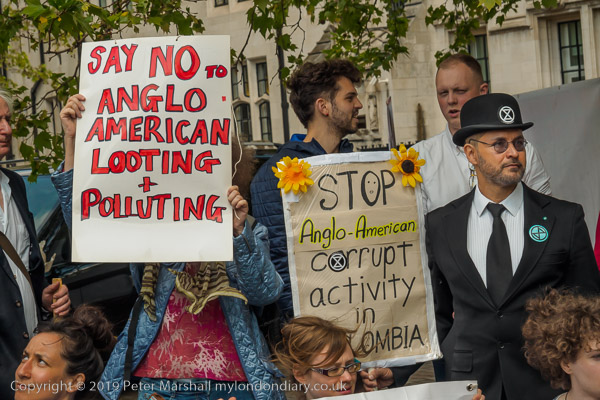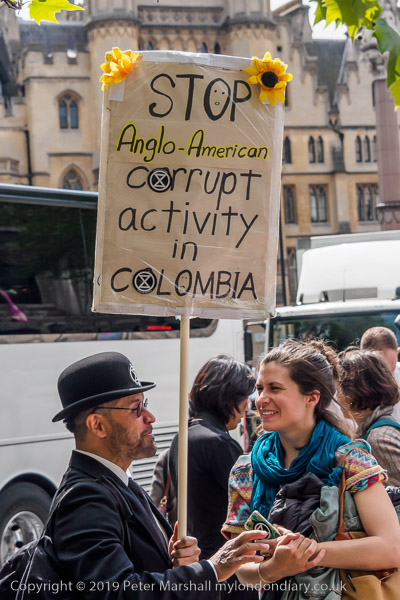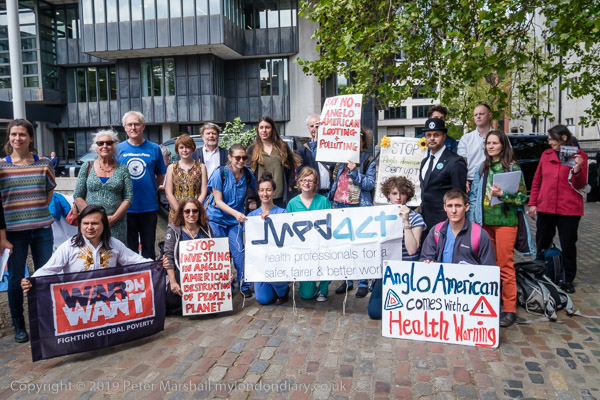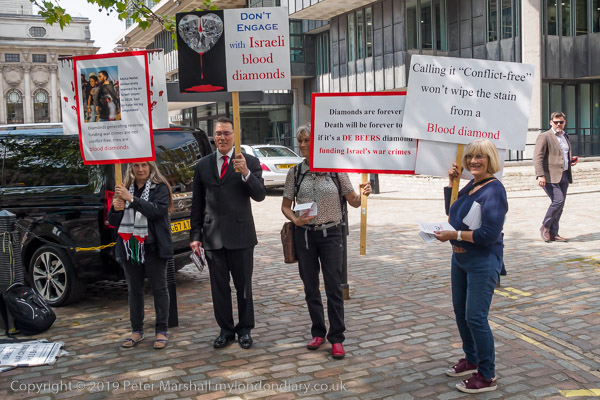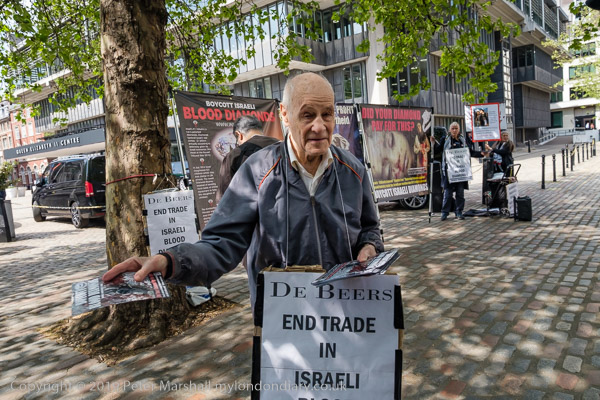Two stories I’ve read in the past couple of weeks have illustrated an increasing attempt by organisers of events to control the way they are photographed. It’s something that has happened over many years in some limited areas of photography, particularly around the film and music industries, but which seems now to be widening as PR people become more and more involved.
I’ve only rarely worked in areas where accreditation is vital, and have hardly ever needed to get permission before distributing or publishing images. Occasionally when taking portraits I’ve shown pictures of people to them before sending them off, but generally only as a courtesy; fortunately I’ve never had anyone object to my choices. But then I usually try to show people at their best, and generally delete pictures that show people in an unfairly negative light rather than use them. It’s a decision that has almost certainly cost me considerably with pictures of some politicians.
There have been one or two cases where long after an image has been published on a web site I’ve been asked if I would remove it. Unless there is a legal imperative or a very good reason – for example that it might endanger someone’s safety or even life by enabling a violent offender to trace them – I ignore such requests. Being unflattering isn’t grounds for censorship.
Often I’ve photographed aspects of events which the organisers would prefer were not shown, but I’ve not faced the kind of problems which Manchester-based photographer Joel Goodman describes in his blog post about his experiences in photographing Manchester Pride. Of course people have deliberately got in my way (police and security staff are skilled in this) but I’ve not been threatened with removal and ejection from events, though rather too often with arrest.
One of Goodman’s main complaints is about a PR person who tried to prevent him from taking pictures when “a lesbian gender ideology protest attempted to hijack the front of the parade“. Later the same woman came up to him at a candlelit vigil and told him he had to leave, because of his coverage of the earlier incident and also his photograph of Ariana Grande, taken from a public place after he and other photographers had been banned from photographing the event – for which the singer’s team provided a single image for media use.
Goodman, who I’ve met covering various events in London and whose photographic work is admirable, makes his points about this clearly, stating his legal rights as well as making clear what he feels is his job as a journalist, and his feelings as a gay, HIV+ man in being told by Pride’s PR team he was not “on our side” and would be refused accreditation for Pride in future years.
Clearly Pride’s attitude is totally unacceptable and as Goodman says, it “exposes the ever present danger of the sort of expectations PR operatives have of journalists, in exchange for access.”
At the bottom of the post are links to his photographs of the events, and as you can verify they show a totally professional approach.
The second article I read was by photographer Peter Dench in the Amateur Photographer, in a post I don’t care if my documentary shots are ‘unflattering’ about covering several sporting events. On a press trip to a prestigious horse-racing event for The Sunday Times Magazine he met two people who described themselves as ‘journalists and influencers and vloggers’ who he says seemed ‘to have spent most of their day in the hospitality box making saccharine social media posts of the sponsor’s products.’ I’m sure they were the PR’s delight.
At another sporting event he was asked when leaving by the PR to show the photographs he had taken in the VIP marquee. Dent writes: “‘I can’t do that,’ I said. ‘I haven’t seen them yet and after I’ve seen them, the client will be the next to see them, then I can let you have a look’ ” He was then informed that a photographer ‘the previous year had taken a less-than-flattering photograph of a minor royal and was now excluded from all of their events.‘
Dench goes on to mention other cases of photographers being warned not to take ‘unflattering’ pictures or have accreditation refused. He concludes with the sentence ‘Photographers shouldn’t stop taking truthful photographs of what they witness. They may not be seen immediately but one day, I hope, they will form an important archive of our time.’

